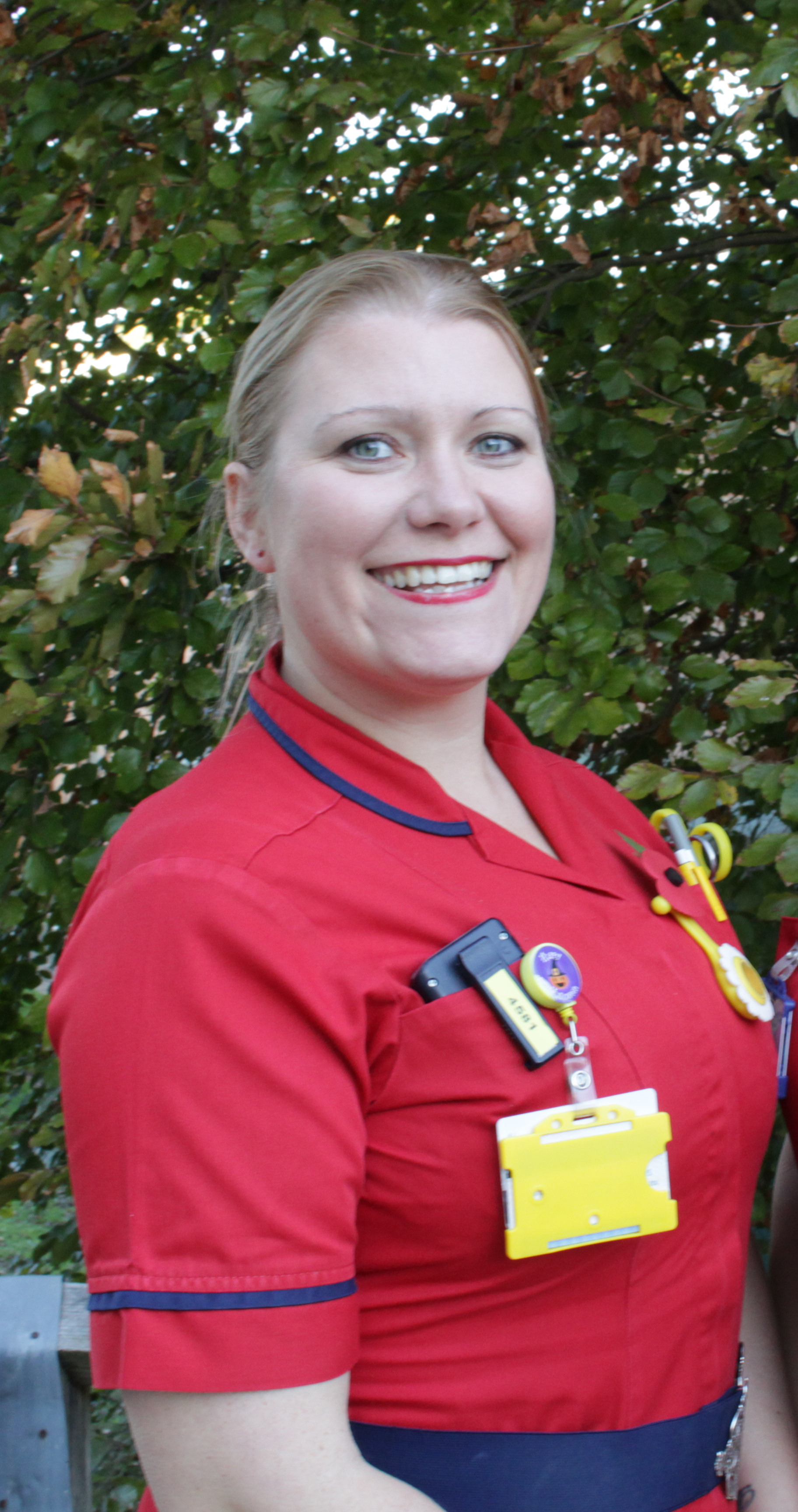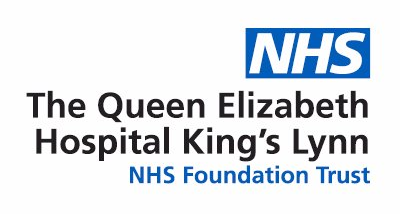Pressure ulcer prevention
Pressure ulcers are areas of damage to the skin and underlying tissue. They are also known as pressure sores or bed sores. If care is not taken, pressure ulcers can be serious. They can damage not just the skin but also the fatty tissue beneath the skin. Pressure ulcers may cause pain, or lead to a longer stay in hospital. They can become infected, sometimes causing blood poisoning or bone infections. In severe cases, the underlying muscle or bone may be destroyed. In extreme cases pressure ulcers can become life threatening.
The cause of pressure ulcers
Pressure ulcers are caused by a combination of:
- Pressure – normal body weight and/or external medical devices such as Oxygen masks can squash the skin in people at risk and damage blood supply to the area which can lead to tissue damage
- Shearing – strain forces the skin and upper layers away from deeper layers of skin. This can happen when you slide down, or are dragged up, a bed or chair
- Friction – poor lifting and moving techniques can remove the top layers of skin. Repeated friction can increase the risk of pressure ulcers.
Usually, people can relieve the effects of pressure, friction or shearing by moving around, changing position and adjusting clothing and bedding. If you are unable to do this you may be at increased risk of developing pressure ulcers.
You may be at risk of developing pressure ulcers for a number of reasons, including:
- Problems with movement - Your ability to move may be limited or you may be unable to move. This may be due to a variety of causes, for example a spinal cord injury, old age, very young age, a long-term illness such as osteoarthritis, a sudden event or condition such as being unconscious or during an operation
- Problems with sensitivity to pain or discomfort - Some conditions (for example diabetes, stroke) and some treatments (eg epidural pain relief) may reduce your sensitivity to pain or discomfort so that you are not aware of the need to move
- Poor circulation - Poor circulation caused, for example, by vascular disease or heavy smoking, may increase your risk of pressure ulcers
- Moist skin - You may be at increased risk if damp skin caused, for example, by incontinence, sweat, or a weeping wound, is not kept clean and dry
- Pressure ulcers in the past - Scar tissue from a previous pressure ulcer is weaker and more prone to further damage
- Inadequate diet or fluid intake - Poor diet may cause you to be malnourished. Lack of fluid intake may lead to dehydration. Losing too much weight can lead to loss of padding over bony points
To assess your risk of developing pressure ulcers, a member of the health care team looking after you will examine you and ask you certain questions. This is called a 'risk assessment'.
Care from your health care staff - what you can expect
You (and your carer if appropriate) should be fully informed about your care and be involved in decisions about your care. The health care staff who look after you should respect and take into account your knowledge and
experience, especially if you have been at risk of pressure ulcers for a long time.
The care and advice you should expect to receive from health care staff to prevent pressure ulcers should include:
- Skin inspection - Your skin will be inspected regularly. How often will depend on how quickly your condition is changing. The areas of skin that your health care staff inspect will depend on the areas identified as vulnerable in your risk assessment
- Position - If you are able to do so, you will be encouraged to change your position at frequent intervals and advised about correct seating positions, supporting your feet and posture. If you need help to move, staff looking after you will move you at regular intervals. How often you are moved and to what position will depend on your level of risk. This should be agreed with you and recorded in your notes. If you are uncomfortable at any time, tell the staff who are looking after you. Staff may use special lifting equipment and should not leave you on the equipment once it has been used to move you. Staff should use special pressure relieving devices (mattress, cushions, heel protectors) these can be; air filled, genuine sheepskin and gel filled.
What are we doing to prevent pressure ulcers?

Here at the Queen Elizabeth Hospital, we have multiple innovations to help prevent pressure ulcers occurring. These include:
- Pink dots - the pink dot scheme was started to highlight those who are at risk of developing a pressure ulcer. It is used as a visual communication aid to ensure all staff is aware if a patient is at risk
- Care rounds - we aim to carry out care rounds every 2 hours. These 2 hourly rounds include repositioning patients and ensuring that the patient has been turned and that their position is documented
- Mattresses - the Trust uses a hybrid mattress on every bed. These mattresses combine both a foam and dynamic mattress to ensure that our patients are not only protected from a build up of pressure but that they are comfortable on a soft foam mattress as well. These are upgraded to a full dynamic mattress according to patient's risk assessment.
- Cushions and heel protectors - we have a range of seat cushions and heel protectors that are designed to 'off-load' the pressure whilst a patient is not very mobile. These are air filled which is designed to move under the patient as they do, this relieves the pressure under them
- Education - we have ongoing educational programs running within the hospital which continuously keeps the staff up to date. Pressure ulcer prevention information leaflets can be found outside each ward and are given to every patient who comes in for an operation at their pre admission appointment
- Tissue Viability - we have a dedicated Tissue Viability Team who strive to ensure that our hospital is up to date and our patients are safe. Their role is to educate staff and patients, as well as see and treat those patients who require more specialist wound management.
Contact details
Our Tissue Viability Team can be contacted by telephone on (01553) 614581.
Much of the information contained on this page has been adapted from NICE CG179 2014, EPUAP 2014 and NHSi 2018.

